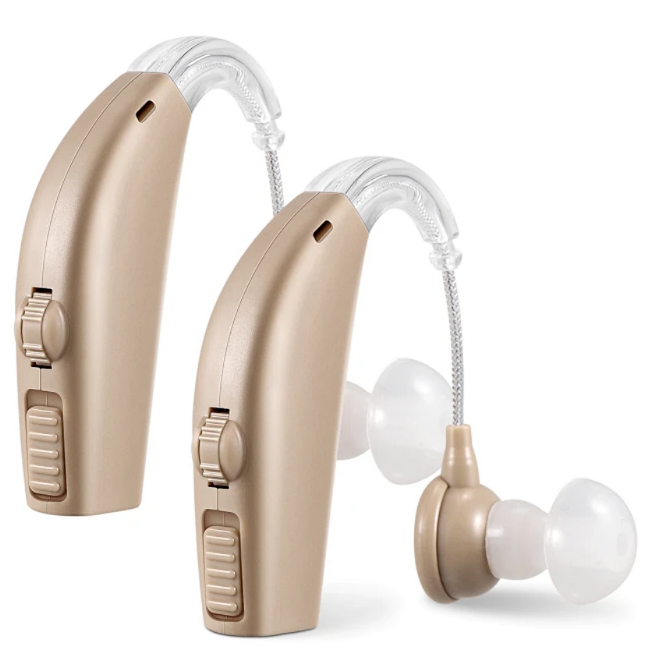Industry Science Popularization
Hearing aids enter the “lithium battery era”
October 11 2025 Editor Becky W
In today’s world where global population aging is an irreversible trend, hearing aids have evolved from an “option” to an ‘essential’ part of daily life for hundreds of millions of people with hearing loss. The market is growing rapidly, and user experience is improving at an unprecedented pace. Amid this transformation, a quiet “energy revolution” concerning the core power source of these devices is unfolding—leading hearing aid manufacturers are increasingly embracing lithium-ion battery technology, ushering the entire industry into the “lithium battery era.”

1. The Voltage Foundation for Redefining Hearing Experiences
Users of zinc-air batteries often encounter this frustration: new batteries deliver loud, clear sound initially, but soon the audio becomes faint and unstable, even cutting out intermittently. Our steel-cased rechargeable lithium-ion button batteries deliver an exceptionally flat discharge curve. Throughout the entire discharge cycle, voltage remains consistently stable near its rated value. This means hearing aids receive continuous, stable, and pure power for the vast majority of their operational life—from full charge to the point when recharging is needed.
2. Addressing Usage Challenges for Seniors
Financial Burden: For users requiring year-round wear, replacing zinc-air batteries represents a significant ongoing expense.
Operational Difficulty: After peeling off the sticker, users must wait for the battery to activate. For seniors with reduced hand dexterity, replacing the compact battery itself poses a challenge. Worse still, spare batteries may not be readily available during emergencies.
Battery Anxiety: Users cannot accurately predict when batteries will suddenly deplete, leading to “battery anxiety” and potentially reducing social outings.
Our batteries utilize an advanced electrochemical system and rigorous manufacturing processes, achieving an extremely low self-discharge rate. This means that even if hearing aids remain unused for days or weeks, the battery charge will not easily dissipate.

3. Fulfilling Corporate Social Responsibility
A rechargeable lithium battery can be cycled through hundreds of charge-discharge cycles over its lifetime, effectively replacing hundreds of disposable zinc-air batteries. This not only significantly reduces hazardous waste generation at the source but also aligns with increasingly stringent global environmental regulations and carbon neutrality goals.
From superior sound quality enabled by stable voltage to unparalleled convenience offered by rechargeable design, and the brand value enhanced by eco-friendly attributes—the replacement of traditional zinc-air batteries with rechargeable lithium-ion button cells has become an inevitable industry trend.

As a professional manufacturer of steel-cased lithium-ion coin batteries, we understand that hearing aids are not ordinary consumer electronics—they are the bridge connecting users to a world of sound. Therefore, we consistently regard “safety, stability, and reliability” as our lifeline. Our fully automated production lines and quality control systems that far exceed industry standards ensure every battery delivered to you becomes the most trusted “heart” of your premium hearing aid products.
Times change, energy sources evolve, but our commitment to advancing human hearing health remains unwavering. We look forward to partnering with industry colleagues to drive this “lithium battery revolution,” delivering richer, freer auditory experiences to users worldwide.
If you’re seeking a reliable power solution for your next-generation hearing aid products, we welcome the opportunity to discuss collaboration.
